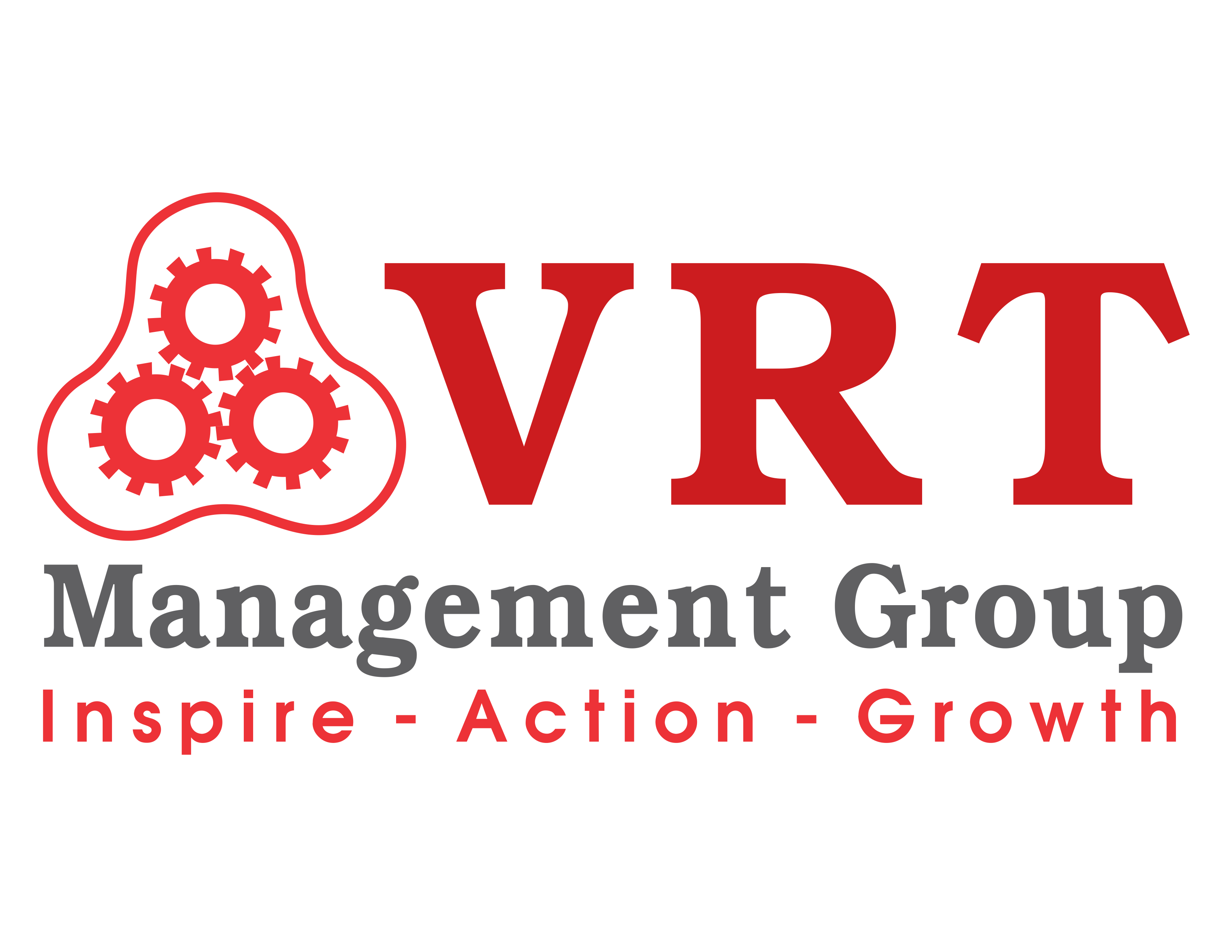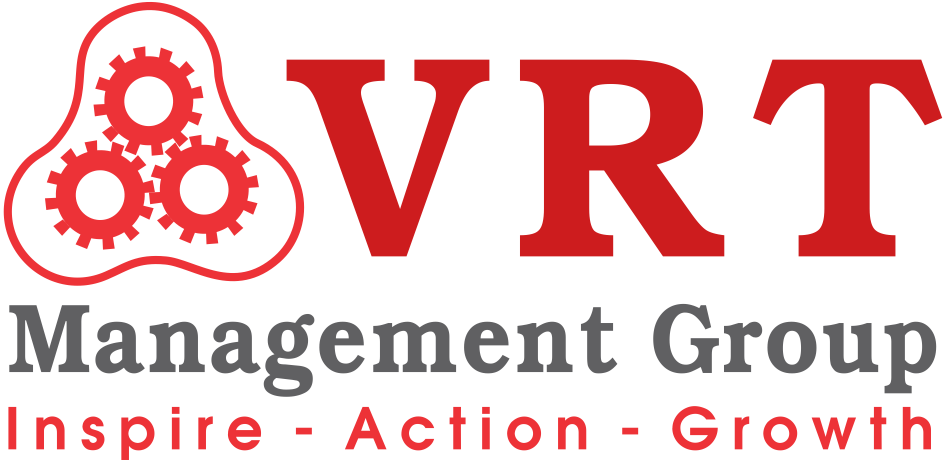
Management
by Rajesh Tedla
Strategic Roadmap
A Blueprint for Success for Entrepreneurs
One of the foundational premises on which all successful entrepreneurs and small business leaders thrive is constant change and transformation. As a result, they are highly proactive in responding to the dynamics of the VUCA business world and adapting to the market. But, with a structured and forward-thinking mindset, it is easier to identify and adjust to the market’s change.
So, what is the essential element that enables them to keep up with the market trends and changing customer preferences?
A strategic roadmap serves that purpose. A strategy roadmap is a high-level plan that provides a clear and concise overview of a business's short-term and long-term objectives and the time-bound plan of action to achieve them. Developing a strategic roadmap is essential for several reasons from a business growth and survival point of view. But at its core, a strategic roadmap helps you achieve the following objectives.
- Improves clarity within the organization: This clarity can help to align various departments and teams towards a common goal and ensure that everyone understands what they need to do to help the organization achieve its desired outcomes.
- Facilitates prioritization and decision-making: It helps to provide a framework for decision-making by outlining the initiatives, action steps, and resources required to achieve the organization's goals. This can help to ensure that decisions are aligned with the overall strategy and that resources are allocated appropriately to support the organization's objectives.
- Sharpens the focus: It can help to increase focus and minimize distractions by providing a clear direction for the organization. This can help ensure that everyone is working towards the same goals and that resources are used effectively to achieve those goals.

